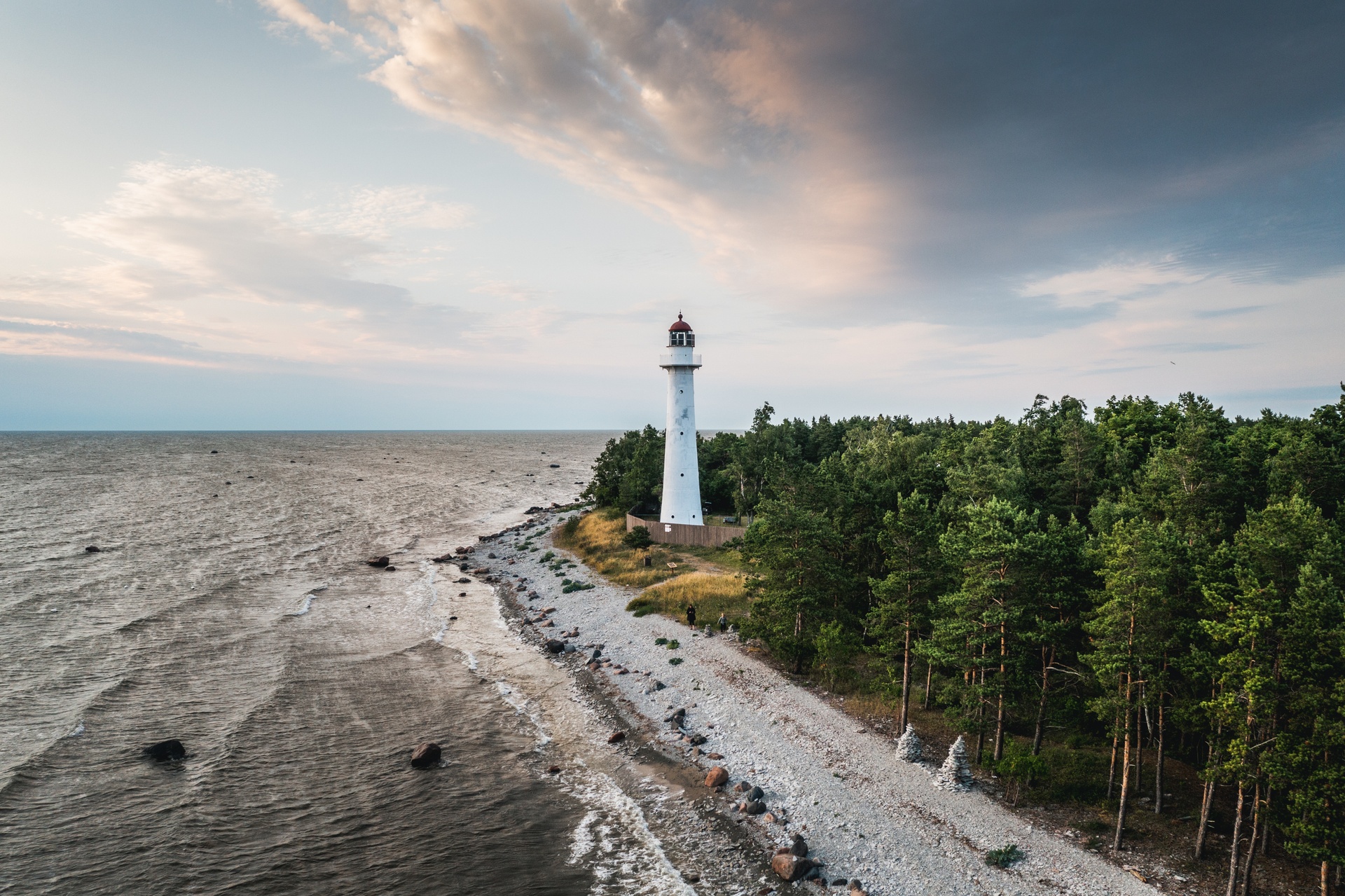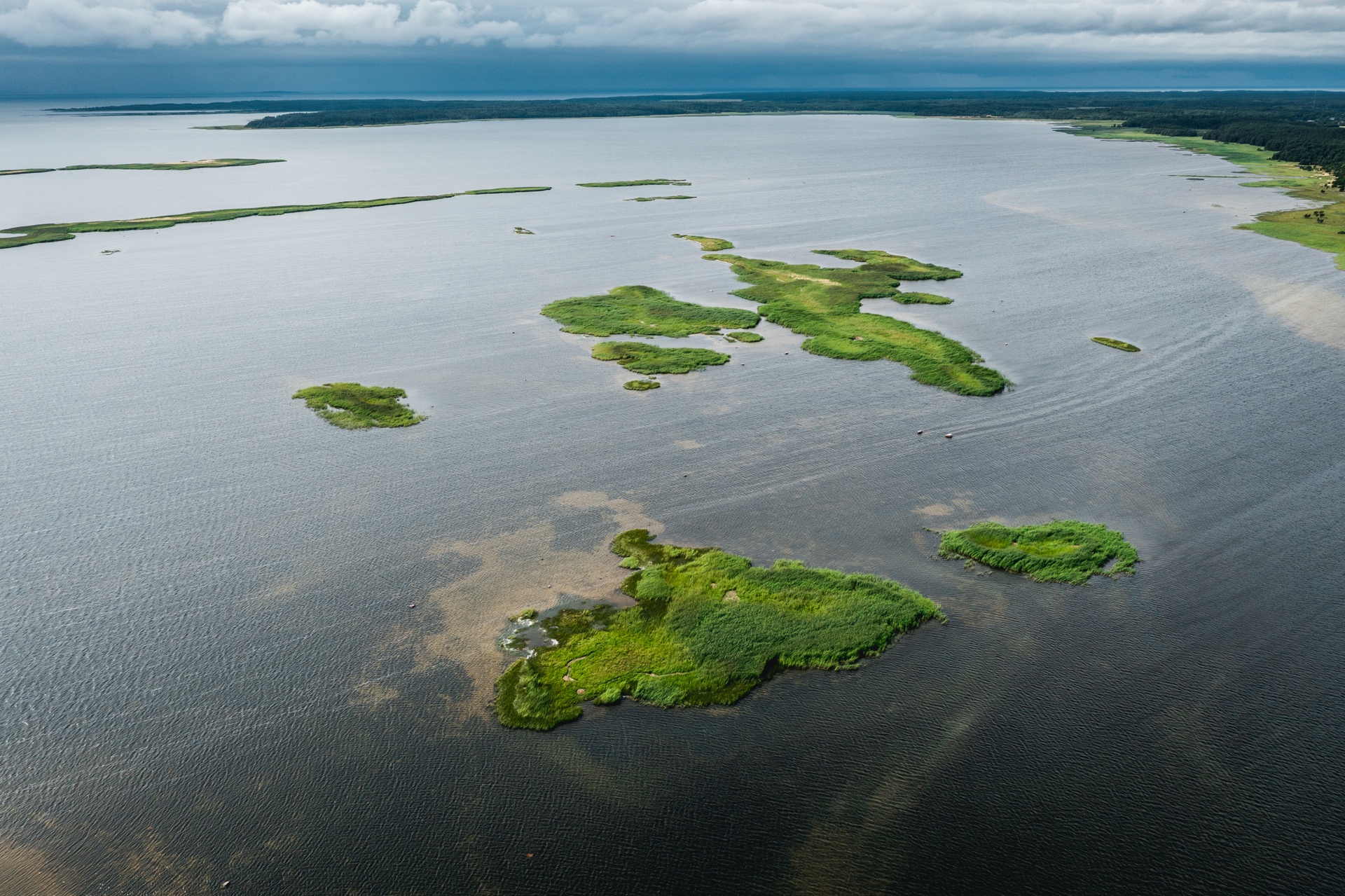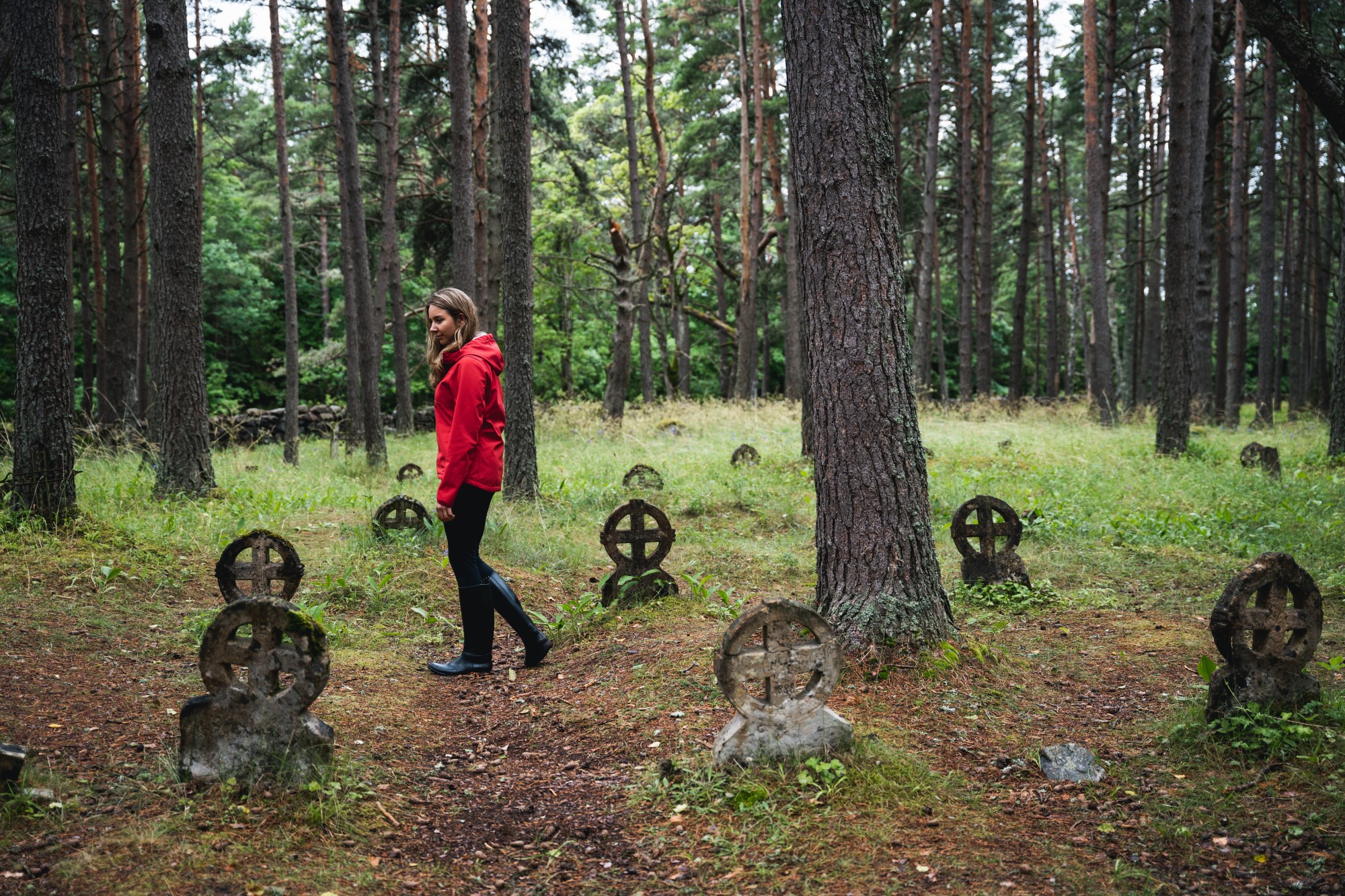
Vormsi island
Vormsi is an ideal vacation spot for those who seek untouched nature, peace and tranquility as well as people interested in Coastal Swedish history.
With an area of 92 square kilometers, Vormsi is the fourth largest island in Estonia, whose name is derived from the German name Worms or the Swedish Ormsö, both meaning "snake island".
The rather small island, which today is only inhabited by around 350 people, lies between the island of Hiiumaa and the mainland, or the Noarootsi peninsula, in the very west of Estonia.
The juniper fields, coastal meadows, erratic boulders and lighthouses of Vormsi are best discovered on foot or by bicycle. You can leave your car in the Port of Rohuküla and rent a bike or electrical scooter from the Port of Sviby or from the farm museum.
The coastal meadows, reed beds, forests and bays are natural habitats for rare plant and bird species.
Vormsi island is accessible by ferry from the mainland. The ferry called “Ormsö”, takes both cars and pedestrians. If you wish to leave your car on mainland, there is a free, spacious parking lot where you can park your car safely. Check schedules and purchase tickets in advance. If you wish to visit Vormsi with your own watercraft, look here: Sviby harbour information.
Source: Priidu Saart
The highlights of Vormsi include a five-kilometre-long hiking trail that runs along the Rumpo peninsula, giving you a chance to see rare lichens and observe coastal birds. The Saxby limestone outcrops reveal fossils of creatures that lived in the waters of the tropical shelves millions of years ago. The Huitberg limestone outcrop, one of the oldest coral reef structures in Estonia, is also worth seeing.
The cemetery of Vormsi is home to the largest collection of sun crosses in the world with over 330 of them dotting the graveyard. The crosses were not made by craftsmen but were carved by the farmers themselves out of limestone and sandstone, giving the stones a wide variety in appearance and the writings on them. Saint Olav’s Church, built in the 13th century, is unique for its lack of a tower.
For a good overview of the lifestyle of Coastal Swedes, you can visit the Vormsi farm museum, which is a fully reconstructed Coastal Swedish farm based on photographs and recollections of escaped Coastal Swedes.
For more information go and visit Vormsi island's official website: www.vormsi.ee.
Rumpo peninsula
Platforms along the trail afford a great view of the Hullo and Sviby bays and islets that are marked nesting and migration spots for water birds.
Last updated
15.05.2024

